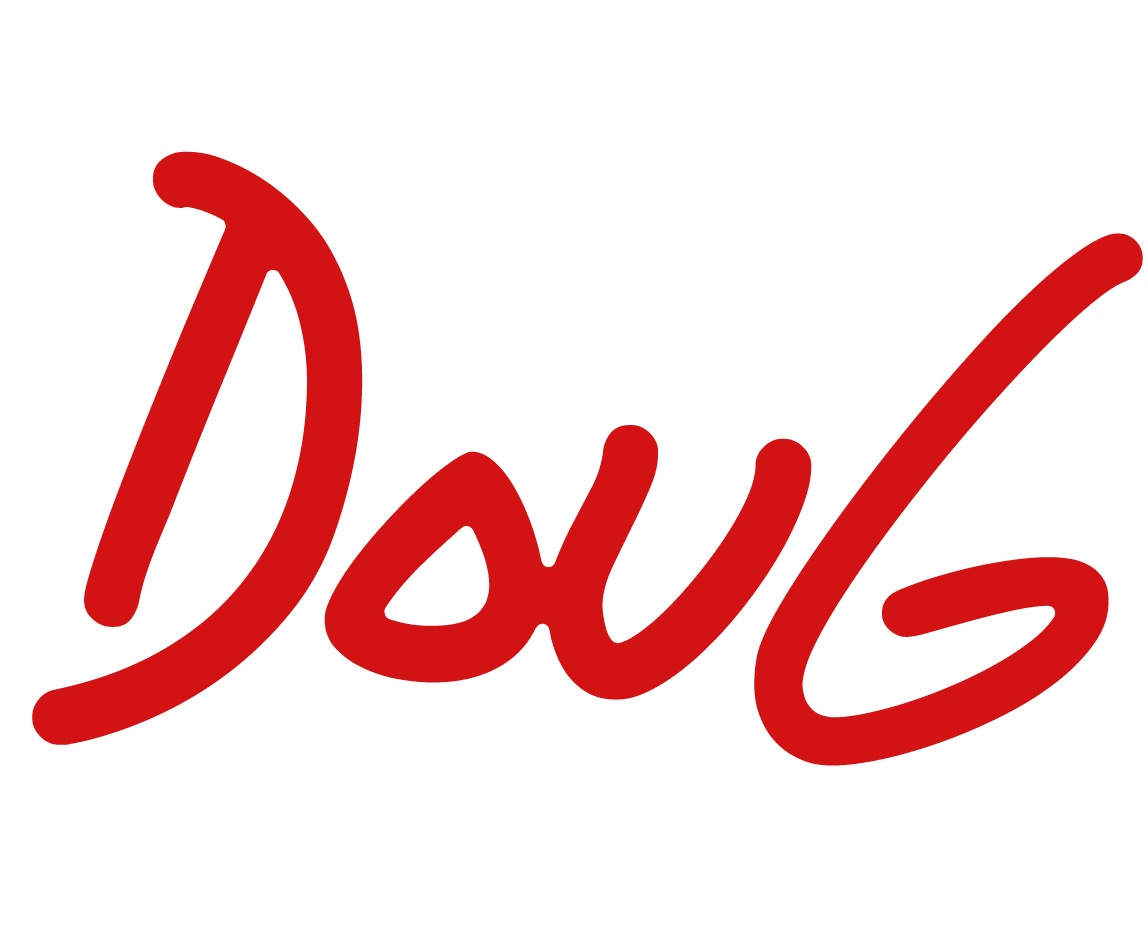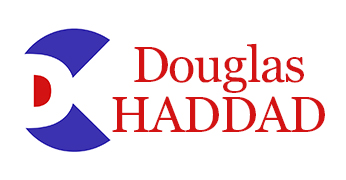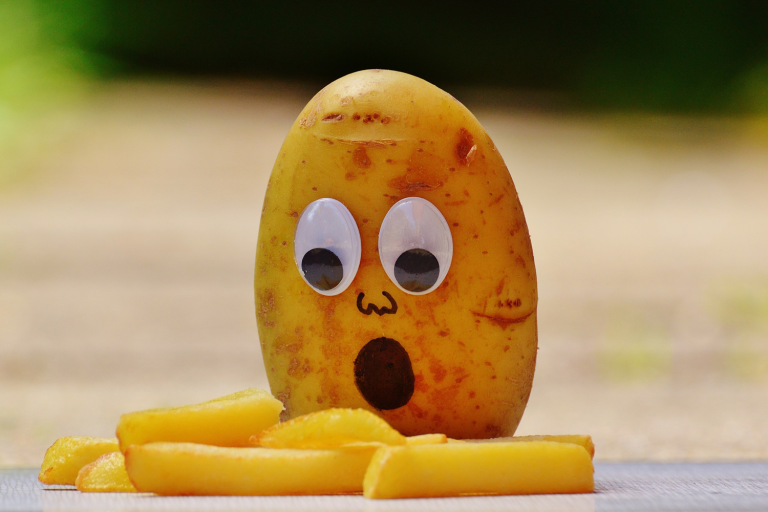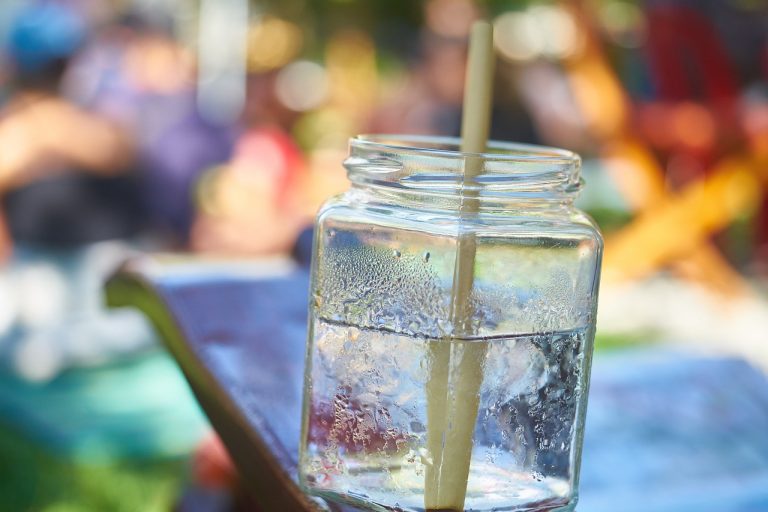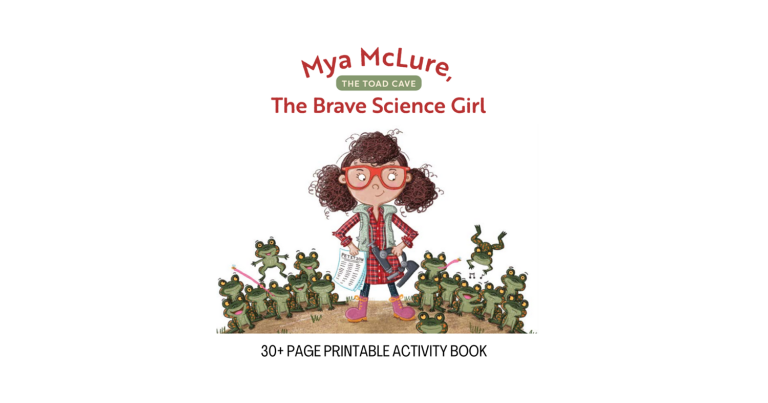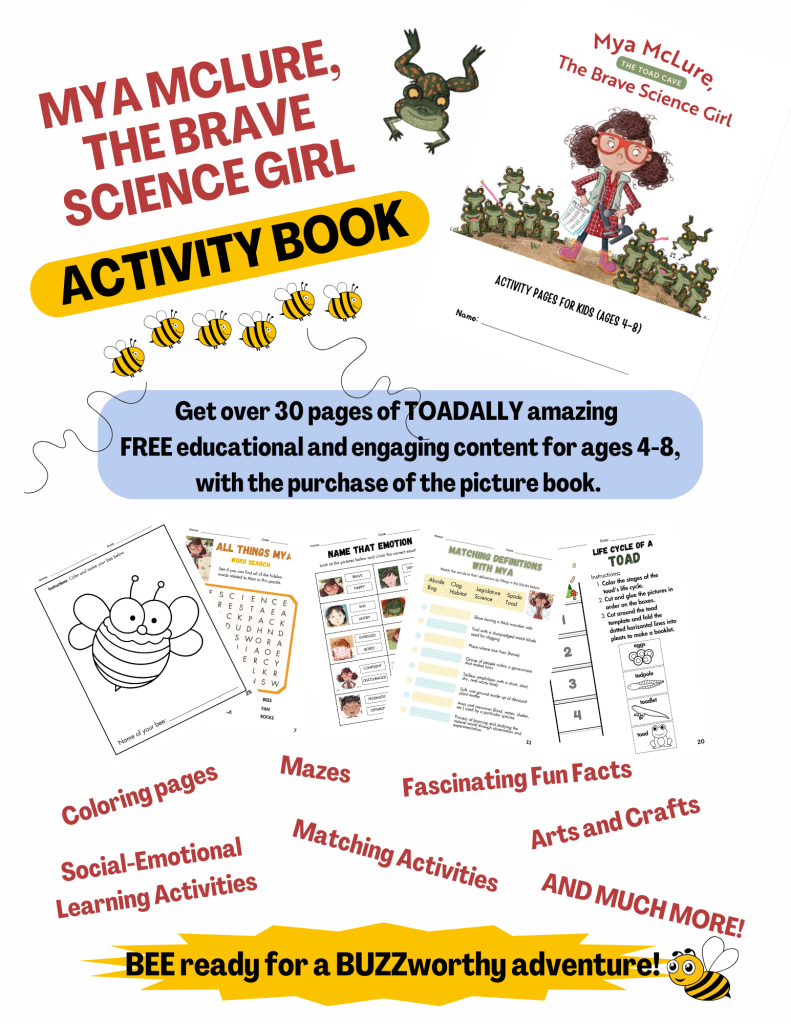Over the years, I’ve set expectations for my students that they’ve never seen before in any other class they had. On the first day of school, they have about three homework assignments written on the whiteboard. After I take attendance, I tell them to open up their assignment planner that they have been given and to write down each night’s homework assignment word-for-word as written on the front board. I tell them that there will be quizzes each quarter on their homework assignments. Some of the students look at me with a dumfounded, quizzical look on their face wondering why I expect them to remember every capital letter, number, and punctuation mark. I tell them, “Pretend that you are taking a photo of the homework assignment. I expect that it looks exactly like that in your planner.” So, what is the reasoning for my obsession of having my students copy down their homework in this manner? It is the same reason why you should hold high academic expectations for your child – teaching a child responsibility and accountability.
Children typically strive to live up to their parents’ expectations. The standard that you set for your child is typically where they will strive. I realize that the students I have in class all have different learning styles and levels of motivation. However, if I hold them all to a very high standard for writing down their homework in this manner, then the students, who typically blow off writing anything into their planner, would write something down and the ones who take pride in their work get rewarded at the end of the quarter with an easy quiz to boost their grade.
Using Positive Reinforcement
If you have a goal for your child to obtain good grades and one day further their studies, set forth an expectation that your child put forth their best effort in their school work. If you set the bar high, there’s a good chance that they will work toward that goal. That may sound all fine and dandy that what you expect, you will get from your child. However, we know that things aren’t that cut and dry. Parental expectations have to be coupled with positive reinforcement for accomplishing tasks or achieving goals. Your child may struggle academically. So, praising their efforts and encouraging them to learn from their mistakes – regardless of the outcome – is a big motivator for them to persevere in future tasks.
Expecting your child’s best vs. Expecting your child to be the best
There is a big difference between holding high expectations for your child and expecting perfection. Holding the bar high allows a child to reach for goals and not be afraid to fall short, as long as they gave it their best effort. On the other hand, expecting a child to do everything “right” may create a feeling of inadequacy and may backfire in that a child is afraid to make mistakes and would then do anything to cover up their mistakes or prevent them from happening, such as cheating on a test.
Furthermore, it is important to never compare your child with other siblings or their friends. If your child is doing their best, acknowledge their effort and from there, you can work together to develop a plan to help your child overcome obstacles and continue to improve. You can help them understand that time spent studying or working on something increases their chance of doing well at that task. Discuss different strategies with your child that best suits him or her for doing better the next go around.
The important point is that children need to feel successful in order for future successes to take place. When they feel responsible for their own successes and failures, they are more likely to continue to work toward your expectations and not quit if something gets too difficult. Ultimately, holding high expectations is one of the greatest services that you can do for a child. Talk about what success looks like and help a child discover their talents and explore future career interests early on so they can see that in order to achieve their dreams, they need to put forth continuous effort and always learn from their mistakes.
In order to successfully support and guide your child as they encounter adversity, defeat, failure and peer pressure, it is important that you possess specific strategies to fall back on when things get rough. Do you feel overwhelmed by all of the distractions of technology, social pressures from school and peer influence that your child faces, and need assistance in helping navigating your child through all of the critical challenges they are regularly exposed to? Click here to receive two complimentary chapters of my book “THE ULTIMATE GUIDE TO RAISING TEENS AND TWEENS: STRATEGIES FOR UNLOCKING YOUR CHILD’S FULL POTENTIAL.”
Happy Discoveries!
